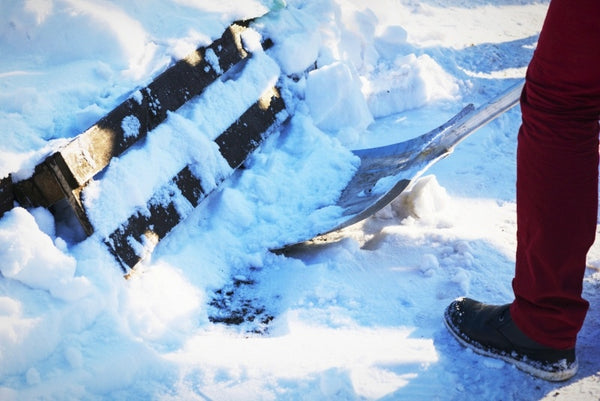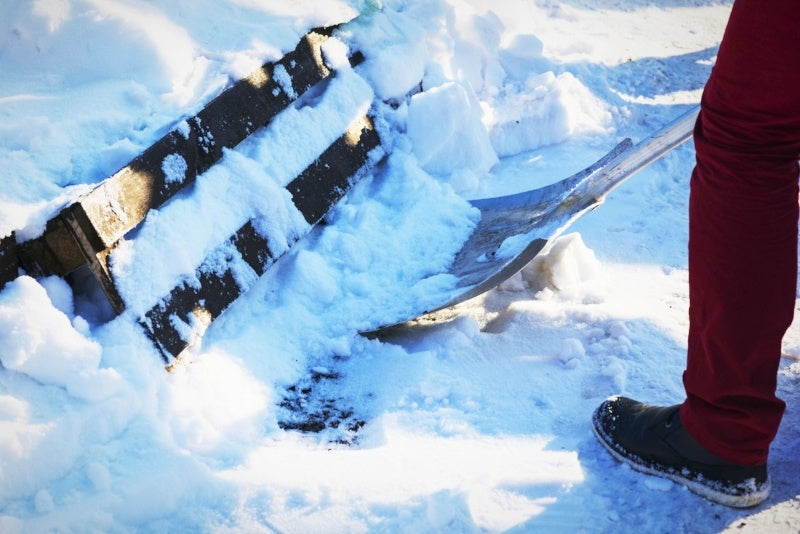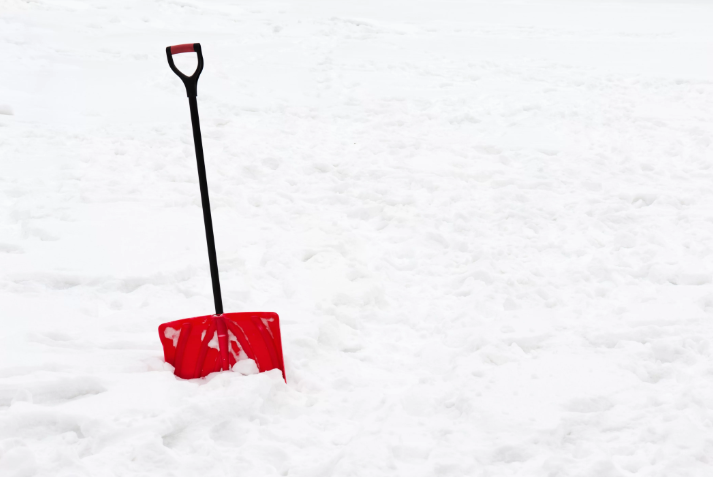
Rock salt, the most common of all wintertime deicing agents, can do significant damage to concrete and asphalt pavements, cause defoliation of plant life at your pavement's edges, and even pose a threat to children and pets by acting as a skin irritant and a gastro-intestinal irritant if ingested.
Thus, due to rock salt's environmental, health, and "pavement life" hazards, many homeowners seek to minimize or eliminate its use.
Here are some of the best tips and tricks you can use to remove snow/ice from your pavements without resorting to rock salt:
-
Use another deicer: Potassium chloride will not irritate skin nor defoliate vegetation. It only works down to 15° F (-9.44° C), but you can mix it with other deicers or use it only within its ice-melting range. Magnesium chloride is even more environmentally friendly and works down to -13° F (-25° C). Find a "healthy" rock salt alternative for each temperature range to balance budgeting with effectiveness/safety.
-
Use sand or a sand-salt mix: Sand will not melt ice, but it will provide extra traction. This can be helpful, and if you must use salt, you can dilute it with sand to lessen salt's negative impacts. Do not use ashes or kitty litter, however, since they get rather "messy" when they mix in with the slush.
-
Deice sparingly, then shovel: If you must use a deicer, use it sparingly to reduce negative impacts and to save on costs. Use deicers to loosen ice up for the shovel/ice pick or to eat away at spots that are very slow to melt.
-
Shovel early and use the sun: By shoveling early, you get snow off your drive before people walk on it or it otherwise gets compacted. You also give the sun maximum time to work on the driveway throughout the day, finishing off the "snowy residue" and preventing black ice formation.
-
Apply hot water: If a patch of ice is stubbornly sticking to your pavement and you don't have/want to use any deicer at all, you can boil some water in a pot and pour it over the trouble area. Combined with a shovel/ice pick, and done carefully, this can be effective. Do wait for the warmer part of the day to tackle the ice patch, however, and sweep off the water at the end. You can even use a towel to soak up excess water if you wish.
-
Invest in a snow blower: If you don't want to pay for professional plowing services or hire someone in the neighborhood to shovel your drive, a snow blower can greatly ease the task without any rock salt being involved. There are many models and sizes, and you can choose electric or gas powered. Some can only move 18 to 20 inch (45.7 to 50.8 cm) deep snow, but other blowers can handle deeper drifts, so take the time to match the capabilities with your needs.
-
Install a heated driveway: Though the investment would have to be in the thousands of dollars range, installing a heated driveway would eliminate the need for rock salt and all deicers as well as shoveling. Both electric-coil and hydronic systems can effectively melt all or part of the snow/ice on your driveway and prevent black ice formation.
- Lay down snow-melt mats: Snow melting mats can be used for more than just walkways, entryways, and outdoor stairways, driveway snow melting mats are a hassle-free choice. You can store them in the garage when out of season and lay them down for a de facto heated driveway at a much lower cost (and without having to tear up your existing driveway.)
Winter is a challenging time for pavements and for homeowners who want to protect the investment they have made in them. Rock salt is a tempting option because it is cheap and readily available, but it does as much harm as it does good. There are many alternative ways to deice your drive, eight of which we have listed above. Each climate and situation may call for a different approach, so just look for the methods that will work best for you.


